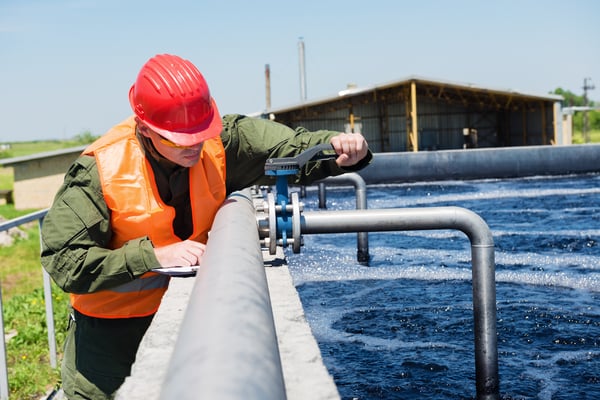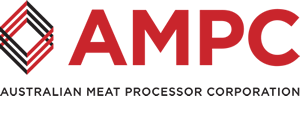More waste can be an opportunity, particularly when regional businesses collaborate around turning bio-wastes into a cheaper source of energy, thereby diverting wastes from landfill, reducing waste disposal costs, and improving environmental outcomes. Similarly, abattoirs and feedlots are beginning to appreciate the energy and environmental advantages of multi-fuel biomass boilers, which can turn agricultural wastes like cotton gin trash, paunch, waste grain and forestry residues into renewable energy.
Investigating the costs and benefits of Aggregated Waste to Energy (W2E) in regional locations, AMPC undertook a twelve-month project to provide an opportunity for red meat processors to reduce costs by undertaking a circular economy approach to their operations, and the available waste streams in their communities.

A successful project would mean the Australian red meat industry could show how it is improving environmental stewardship by applying the circular economy principals of using waste as a resource and designing for the future – making tangible progress towards the industry-wide Carbon Neutral 2030 goal (CN30), maintaining Australia’s “clean and green” image, showing continuous process improvement and cost reduction for owners, clients, and customers.
An Aggregated W2E facility offers the opportunity for RMPs to work more closely with councils and adjacent businesses towards combined goals, and to increase investment and employment opportunities within communities. Facilities could draw on localised waste streams e.g. a piggery located near an abattoir, agricultural crop residues near a feedlot, and food organics / green organics in local council wastes.

The project has received industry interest with plant-initiated projects progressing, and a tool has been made available online that helps processors calculate the likely business case for various Aggregated W2E scenarios. The tool quickly and easily estimates waste tonnages and energy generation options using basic metrics (i.e. t/hot standard carcase weight (HSCW) per week and local government area population).
Red meat processors cannot underestimate the importance of waste and environmental stewardship, and the consumer-driven push for renewable energy sources. For further information and understanding of Aggregated W2E and the benefits of the project, a webinar has been produced along with the tool.



